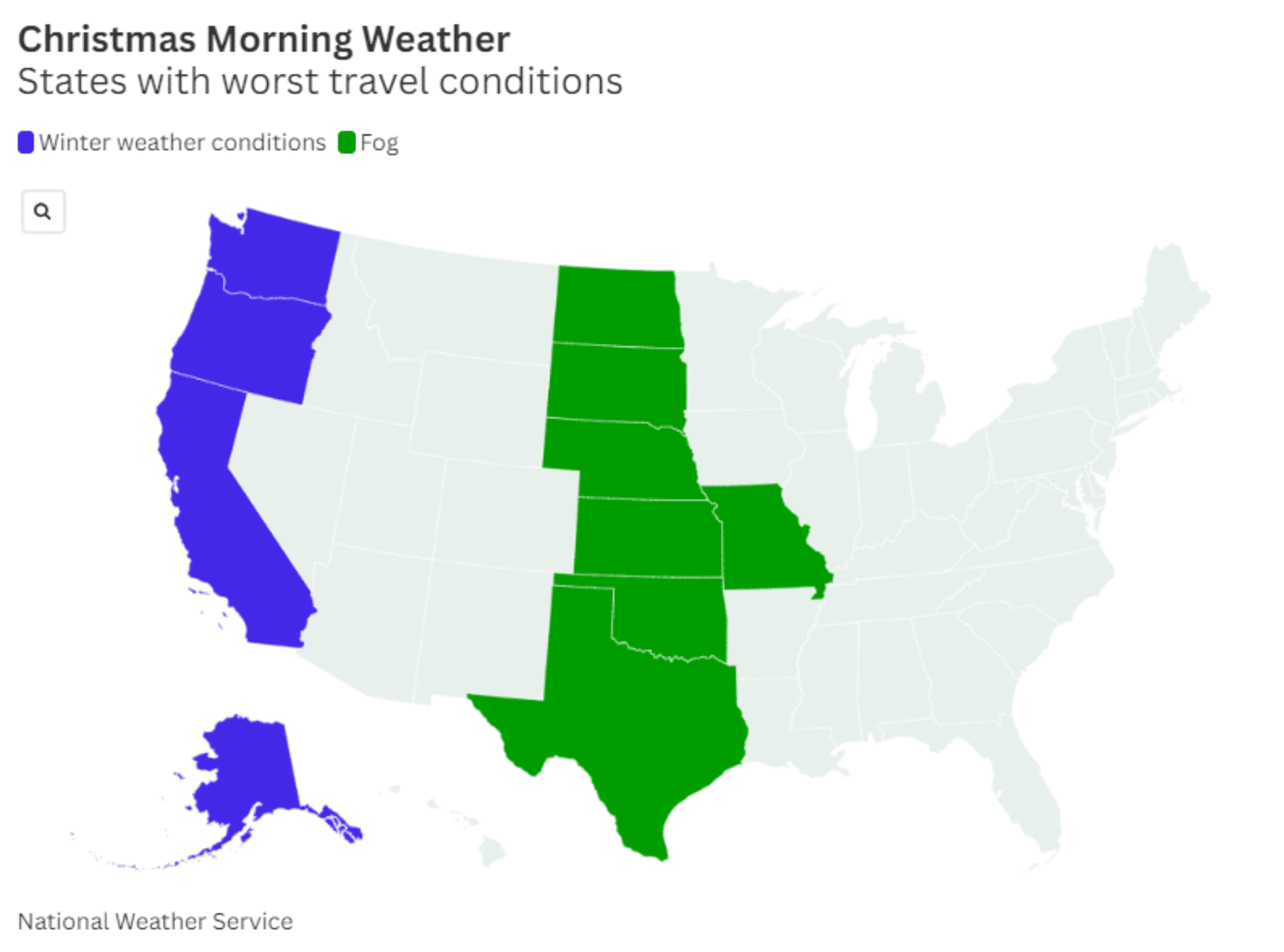World
In the Quantum World, Even Points of View Are Uncertain | Quanta Magazine

To see how, consider two reference frames; we’ll label them A and B. Let’s say that A’s origin is anchored to a quantum object that has probabilities of being found in various locations. From the perspective of B, A’s location is smeared over some region. But from the perspective of A, the distance to B is smeared out. It appears as though B is the one in a superposition.
It gets better. What if B is also anchored to a quantum object that’s in a superposition of two locations? Then A’s quantum state is now smeared out in two different ways, depending on the possible locations of B. Because determining B’s quantum state determines A’s state, A and B are now entangled.
In the above example, two quintessential properties of quantum systems — superposition and entanglement — turn out to depend on the frame of reference. “The main message is that a lot of the properties that we think are very important, and in a way absolute, are relational” or relative, said Anne-Catherine de la Hamette, a co-author of the recent paper.
Even the order of events succumbs to the rigors of quantum reference frames. For example, from one reference frame, we might observe the click of a detector happening at a certain time. But from a different reference frame, the click might end up in a superposition of happening before and after some other event. Whether you observe the click as happening at some particular time or as being in a superposition of different orders of events depends on the choice of reference frame.
Steppingstone to Gravity
Researchers hope to use these shifting quantum perspectives to make sense of the puzzling nature of gravity. Einstein’s general relativity, which is a classical theory of gravity, says that gravity is the warping of the fabric of space-time by a massive object. But how will space-time warp if the object itself is in a superposition of two locations? “That’s very hard to answer with usual quantum physics and gravity,” said Viktoria Kabel, a researcher in Brukner’s group and a co-author of the new paper.
Switch to a reference frame whose origin is in a superposition, though, and the massive object can end up in a definite location. It now becomes possible to calculate its gravitational field. “By finding a convenient quantum reference frame, we can take a problem that we cannot solve [and make it] a problem that we can just use standard known physics for,” Kabel said.
Such perspective changes ought to be useful for analyzing future experiments that aim to put extremely small masses in superpositions. For example, the physicists Chiara Marletto and Vlatko Vedral of the University of Oxford have proposed putting two masses each in a superposition of two locations and then studying how this affects their gravitational fields. The burgeoning attempts to formally describe quantum reference frames could help make sense of these investigations of the interaction between gravity and quantum theory — an essential steppingstone to a theory of quantum gravity.
Renner thinks quantum reference frames may also be central to elucidating the foundations of quantum physics. A few years ago, he and his colleague Daniela Frauchiger designed a quantum thought experiment that creates a logical contradiction. The resulting paradox seems to imply that physicists must give up at least one of many well-accepted notions about our world — say, that quantum theory is universal and applies to human beings as well as atoms.
Renner, however, now suspects that the paradox arises simply because physicists haven’t carefully accounted for reference frames. No one has yet figured out how to rewrite this or other thought experiments using quantum reference frames, but doing so “is very likely to lead us to the solution of the paradoxes,” he said.
It’s not going to be easy, because quantum reference frames come with plenty of unsolved problems. For example, with classical reference frames, if you change your point of view from one frame to another, this transformation is reversible: you can revert to your original point of view. It’s not clear that this is currently universally possible with quantum reference frames.
Also, at this point, there’s no standard way of defining and translating between quantum reference frames. Different groups of physicists have different approaches. “They all look reasonable [at] first sight, but they are not equivalent to each other,” Renner said.
Eventually, though, quantum reference frames might prove essential to making sense of the quantum world.








